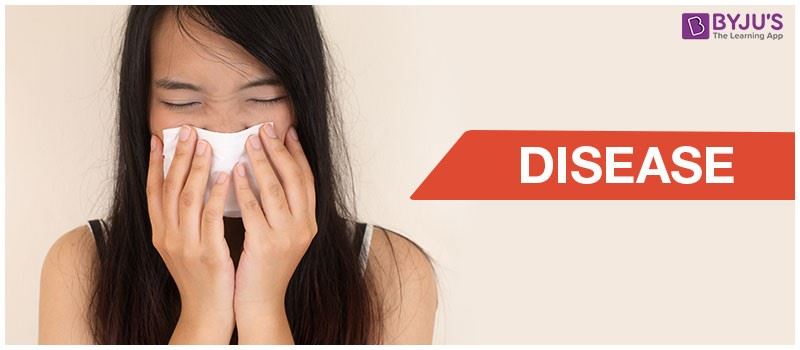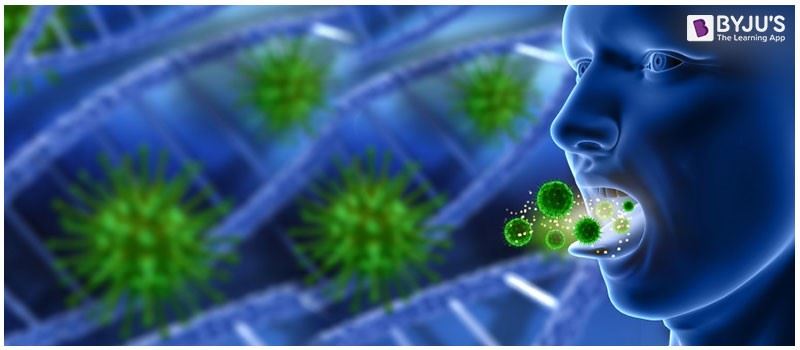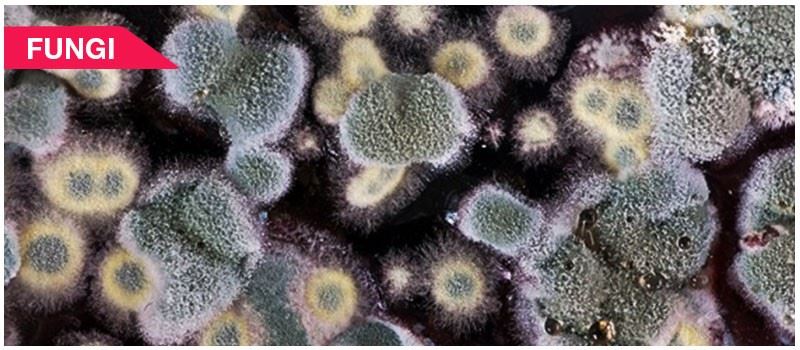
Table of Contents
Disease
Communicable Diseases
Causes
Virus
Bacteria
Protozoan
Fungi
Prevention and Control
Important Questions
What is a Disease?
The disease can be simply defined as a disturbance in the normal functioning of the body, among which few affect only the particular organ system and some affect the entire body of an organism. There are numerous diseases which vary in their signs, symptoms, and causes. Pathology is the branch of medicine which mainly deals with the study of disease, the nature of diseases, its cure, diagnosis, etc.
Also Refer: Diseases
As per the medical records, there are more than 20,000 human diseases, which affect more than millions of people every year.
Let us study certain communicable human diseases along with their causes and preventions.
Communicable Diseases

A disease, which spreads from one person to another person, is termed communicable disease. It is also referred to as infectious diseases or transmissible diseases.
Also Read: Communicable Non Communicable Diseases
Causes Of Communicable Diseases
The agents causing communicable diseases include viruses, bacteria, protozoa, and fungi.
Virus

Viruses are small infectious agents which are present in food, air and in water. They are smaller than bacteria and can be seen only under an electron microscope. They penetrate very easily into our body through the mouth, nose, cuts, injuries, scratches on the skin from the environment (from the soil, water, and air) and causes severe infections which may also lead to the person’s death. Viral infections can be easily transmitted from person to person.
Viruses are obligate intracellular parasites and are considered non-living outside the cell. Some viruses are transmitted through an insect vector. E.g.: Dengue virus. Antibiotics are ineffective against viruses.
AIDS, Polio, Measles, Influenza are a few examples of infections caused by a virus.
Bacteria

There are millions and billions of bacteria present all around us. Few among them are present both inside and outside our body and protects our body from the disease-causing microbes. These bacteria are called beneficial bacteria. The other group of bacteria, cause harm by entering into our body. The harmful bacteria cause diseases in the body. These bacteria generally, engulf, reproduce kill the protective bacteria and cause harm to the host cells by releasing toxins. Tuberculosis, Whooping cough, Typhoid, Cholera, are a few examples of infections caused by bacteria.
Protozoan

They are single-celled, microscopic, eukaryotic organisms. Malaria and other immune system disorders are few examples of infections caused by the protozoan.
Fungi

Fungi are the saprophytic organism with the chitinous cell walls. Some fungi are infectious and cause diseases in human beings. The fungal body is thread-like, known as hyphae. Ringworm, Athlete’s foot are a few examples of infections caused by fungi.
There are other agents, which act as a carrier or vectors and they carry the disease-causing microorganisms and spread from one person to another person. These vectors include mosquitoes, rats, house flies, etc.
Read more about: Microbes
Control and Preventions for Communicable Diseases
Listed below are a few precautions, which should be carried out to avoid infection and the spreading of communicable diseases.
- Drink only boiled or filtered water.
- Consume hygienic food. Avoid the food present in open areas and the food with flies around them.
- Maintain cleanliness in the surroundings.
- Keep the body clean and tidy by having a regular bath.
- Wear clean and ironed clothes.
- Avoid the entry of vectors like mosquitoes, rats, house flies, cockroaches by spraying insecticides.
- Wash the hands before eating and after using the toilet.
- Use disinfectants and antiseptics to destroy the microbes, especially in open wounds.
Also Refer: Diseases Caused By Microorganisms
Frequently Asked Questions on Communicable Diseases
What are antibiotics?
Antibiotics are defined as compounds produced by certain microorganisms that inhibit the growth of other microorganisms. They are used as medicines to treat bacterial infections. These drugs are functions either by killing or slow down the growth of bacteria. Amoxicillin, Doxycycline Azithromycin, and Penicillin are some examples of antibiotics.
What are Communicable diseases?
Communicable diseases are an infectious disease, which spread from a person to person and are caused by the pathogens. Tuberculosis, typhoid, scabies, plague, skin allergies are are some examples of communicable diseases.
Name few diseases caused by Protozoa.
Amoebic dysentery, Malaria, Sleeping sickness, Redness of eye and Ulcers are list of few diseases caused by protozoans.
How Can Disease Be Prevented?
Any disease, it can either be communicable disease and the non-communicable or allergies or any infections can be prevented if proper hygiene is maintained. Other preventive measures include:
- Keep the surrounding clean and tidy.
- Use of clean and boiled drinking water.
- Always eat clean and hygienic food.
- Get vaccinated or take medicines as prescribed
- Frequently washing hands using a germ free hand wash.
Stay tuned with BYJU’S to learn more about the types of human diseases and other related topics at BYJU’S Biology.

Comments